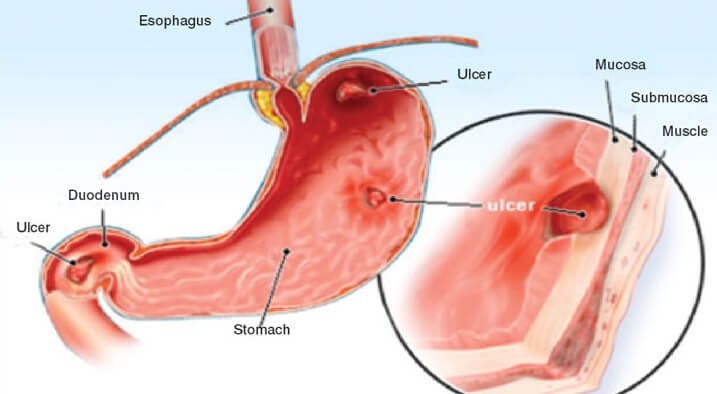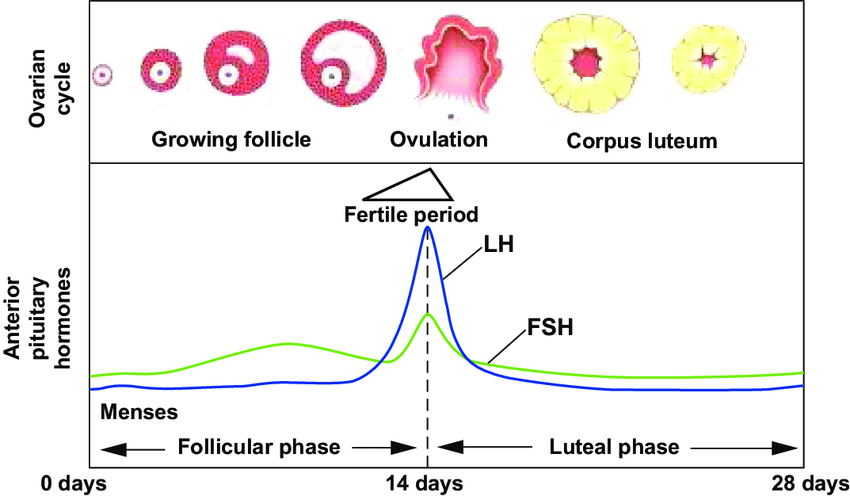- Cupping / Hijama Treatment Plan
- Body Part / Function Involved
- Symptoms and Effects
- Dietary Changes
- Changes in Lifestyle
- Alternative Remedies
Information on this site shall be considered as holistic, alternative and spiritual advice only. For medical advice and treatment a GP, medical professional and/or Certified Hijama Therapist should be consulted. In all circumstances where lifestyle changes, supplements, or other foods are suggested your GP should be consulted. Client Safety is the number one priority.
Cupping / Hijama Points Treatment Plan for Stomach Problems and Ulcers
Allow 2-4 weeks between sessions – longer if required. Hijama Points shown for each session should ONLY be used to guide the therapist. Body size, cup size, and any other conditions need to considered and appropriate care and attention taken. The number of sessions shown can be increased or reduced depending on the condition of the client.
Complete Treatment Plan
Click here for Session 1Click here for Session 2
Click here for Session 3
Standard Wet Points – 1,55,7,8,50,41,42
Standard Dry Points – 137,138,139,140
Click here for Hijama Points on the back of the body
If the client has a complicated history and numerous concerns then it is a good idea to use our online consultation service – click here.
Which body part or function is involved in Stomach Problems and Ulcers?
The stomach is a muscular, hollow organ presented inside the GI tract’s abdominal cavity and located on the left side of the upper abdomen. The stomach causes the mixing and breakdown of food by the contraction and relaxation of its muscles and carry out the process of digestion. The stomach also temporarily store the food when it passes from the esophagus to the stomach for almost two hours or longer. There is a muscular connective valve present called the esophageal sphincter that is involved in pushing the food from the end of the esophagus towards the stomach.

To make digestion quick hydrochloric acid and many other acidic enzymes like pepsin are present and secreted in the stomach and muscles in its wall periodically start contracting. The muscle tissues of the stomach have ridges which are also called the rugae line. When the food is completely digested and all of the nutrients and other substances are extracted, the waste material in the form of feces is then transported to the small intestine by a pyloric sphincter (a muscular valve).
The stomach has dilated structure and is made up of three muscular layers, these are;
- Outer longitudinal layer
- Middle circular layer
- Inner oblique layer
Another differentiation of inner lining present consists of four layers; the serosa, the muscularis, submucosa, and the mucosa. With the division of layers, the stomach is also divided into three parts.
- Cardiac; The part is closest to the esophagus while contains mucous secreting glands or cardiac glands
- Fundus; The middle and the larger part of the stomach, which contains gastric glands
- Pyloric; The hormone called gastrin is secreted in this section which makes digestion quick. The stomach refers to the internal organs where digestion occurs while surrounded by parasympathetic and sympathetic plexuses, which control muscles’ motor activity and regulate secretory activity.
What are the symptoms and effects of Stomach Problems and Ulcers on the body?
The stomach’s normal functioning is disturbed may be due to the intake of high spicy foods consistently. Sometimes, the stomach’s discomfort and its severity dependent upon the time how long it lasts?
- Acute pain: This type of pain usually stays for days and come with symptoms
- Chronic pain: This lasts for months and may come and go
- Progressive pain: It gets worse with the time and also symptoms shows.
The symptoms of stomach pain include indigestion of food, diarrhea, constipation, and skin problems. While in women, it may sometimes be due to difficulties in the menstrual cycle. Usually, stomach pain is necessary, but if it lasts for an extended period or has experienced it consistently, it would be a severe case.
Gastritis– Gastritis is the inflammation of the stomach’s lining while it may be shorter or maybe for a long duration of time. The most common symptom of gastritis includes pain in the upper abdomen. While the other symptoms include loss of appetite, heartburn, bloating, vomiting, and nausea.

Gastroparesis – In gastroparesis, the stomach behaves abnormally and cannot empty itself of food in a usual way. This is a partial paralysis of specific parts of the stomach. Due to the paralysis, the digestive muscles cannot contract and relax with their normal strength and coordination. If you have this condition, your stomach nerves are damaged. Crohn’s Disease- A type of IBD (Inflammatory bowel disease) causes inflammation in the digestive muscle tract, leading to other diseases such as fatigue, diarrhea, malnutrition, and weight loss. Inflammation caused due to Crohn’s disease can be caused in different areas in different people. Crohn’s disease has five types divided based on the specificity of their targeted area. The types include ileitis, jejunoileitis, ileocolitis, gastroduodenal, and colitis. The painful and open sores are caused by a break in the mucous membrane and develop on your stomach’s inside lining and upper portion of the small intestine called an ulcer. The symptom of ulcer includes abdominal pain, sudden weight loss, and vomiting. The one who is surviving this condition feels burning and gnawing in the digestive tract.
What changes in diet can help improve symptoms of Stomach Problems and Ulcers?
Our stomach is responsible for the digestion, absorption of minerals and other nutrients. But sometimes, we experience uncomfortable conditions like cramping and gas, diarrhea, and constipation for different reasons. We have to use less heavy foods like yogurt, fruits, grains, and incredibly dark green vegetables. Besides, avoid spicy foods and meals to improve digestion in severe diseases like an ulcer.
Changes in lifestyle which can help Stomach Problems and Ulcers
Stomach problems usually continue for long if we don’t survive and take it easy. Change your lifestyle during stomach problems by avoiding smoking and alcohol consumption. If you do smoking, it would be difficult for you to recover if you don’t avoid smoking. Do daily walk and cycling. Drinking fresh juices before daily exercise is also helpful for you to get a healthy digestive system.
Possible alternative remedies for Stomach Problems and Ulcers
Having ulcers or other diseases caused due to stomach pain can be cured by following simple remedies and medication. These remedies include excessive drinking of water, taking a warm bath, using vegetables like ginger and mint, and avoiding alcohol consumption, smoking, and lying down. Follow these natural remedies to have healthy digestion.




